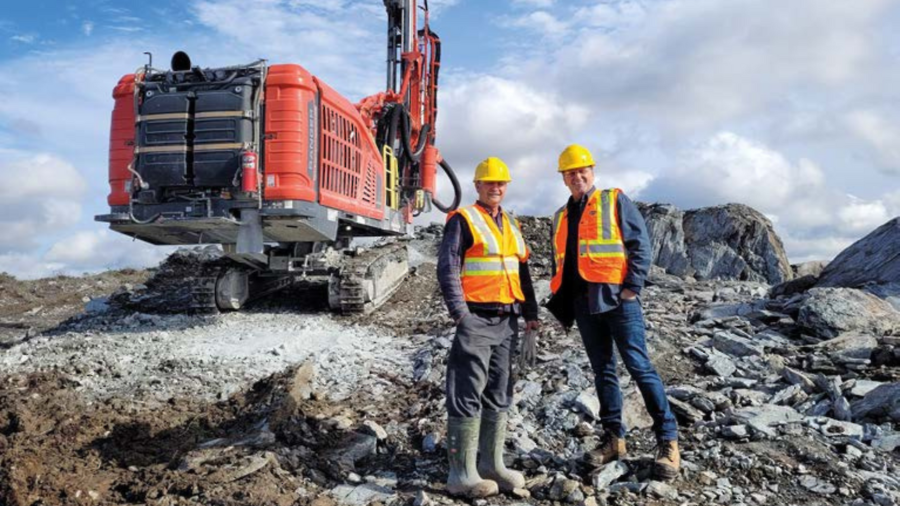NORTHWEST TERRITORIES – Canada’s
Avalon Advanced Materials announced that it has entered into a definitive agreement with Australia’s
Cheetah Resources to collaborate in the development of the rare earth resources on the Nechalacho project 100 km southeast of Yellowknife.
In a media statement, Avalon explained that under the terms of the agreement, Cheetah will pay C$5 million to acquire ownership of the near surface mineral resources on Nechalacho above a depth of 150 metres above sea level.
In parallel, Avalon will retain ownership of the deeper resources in the Basal zone that were the subject of its 2013 feasibility study.
Cheetah is planning to focus on the project’s T-Zone and Tardiff zones, where company experts identified that near surface resources enriched in the neodymium-praseodymium mineral bastnaesite are well-suited for low cost, pilot scale development of rare earths utilizing ore sorting technology.
Neodymium and praseodymium are used for clean technology applications, particularly for electric vehicles.
“We are very pleased to have reached an agreement with Cheetah on this innovative collaboration model, which allows for relatively rapid initial development at a small pilot scale, with low capital requirements and minimal environmental impacts,” Avalon’s president and CEO, Don Bubar, said in the media statement.
“Once established as a reliable long term source of the magnet rare earths, the business can grow to establish a new North American supply chain of these critical materials. With China now controlling at least 80% of global rare earth supply and threatening to restrict exports, new domestic supply chains to serve the North American market must be created to reduce reliance on supplies of rare earths from China.”
Bubar explained that Cheetah is planning to proceed with a work program on the property this summer, which will be managed by Avalon. The plan is to confirm rare earth resources in the T-Zone, collect a bulk sample for further metallurgical process test work and complete additional environmental studies needed.
This story first appeared on www.Mining.com.





Comments